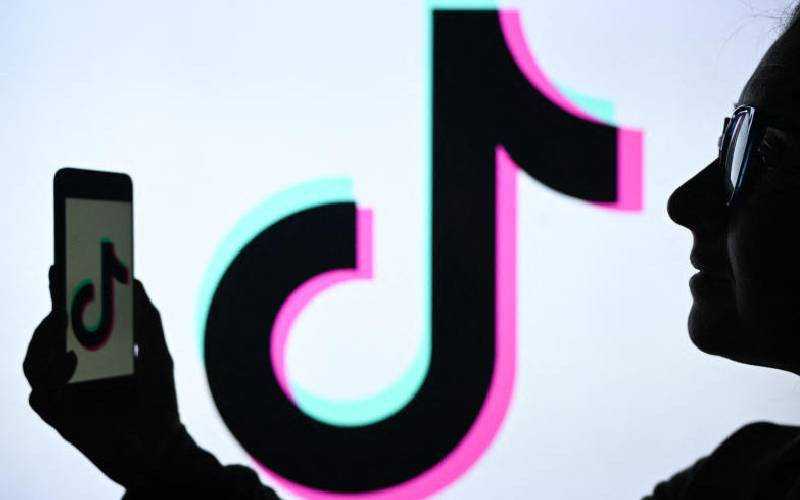×
The Standard e-Paper
Informed Minds Prefer The Standard

Kenya’s heart has always beat to the rhythm of its people: Diverse, vibrant, and resilient. For decades, our nation has been celebrated as an island of peace amid a troubled neighbourhood. Not too long ago, it seemed we had finally bid farewell to the shadow of tribalism. Intermarriages flourished, friends from different communities exchanged playful banter without malice, and being “Kenyan” began to mean more than being Kikuyu, Luo, Maasai, Kamba, or Kalenjin. It was a fragile hope and a whisper of a unified future.